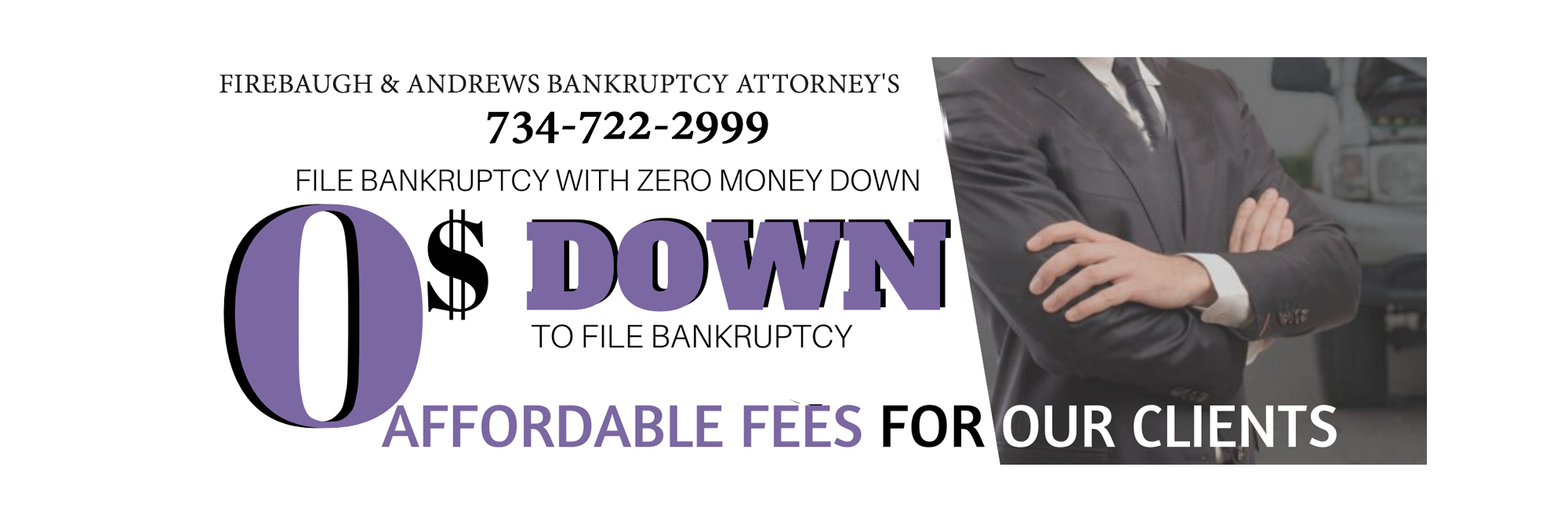
Filing an Assignment in Bankruptcy is not something that most people want to do, rather, it is a necessity for some people who are over their heads in debt. I’m often asked if there is an optimal time to go bankrupt.
Keep in mind that the very best time to deal with debt is the first moment you realize it is out of control. That’s when you will have the most options available to solve the problem. However, most people delay getting help for their debt, hoping that things will turn around. For some, when they do finally get help, their solutions are largely limited to declaring Bankruptcy. At that point, is there a best time to file your Bankruptcy? In some circumstances, the answer is “Yes!”
Bankruptcies don’t ever go “on sale”, nor will you ever find a coupon code for a discount, but there is a certain time of year, where it won’t cost you as much. I don’t recommend waiting months to deal with your debt, but if you are looking at your debt late in the calendar year, timing can be critical.
When you file an Assignment in Bankruptcy you are signing over everything that you own, have a right to or an interest in (except exempt assets) to the Trustee for the benefit of your unsecured creditors. A big part of the income for your creditors in a Bankruptcy estate can come from income tax refunds.
Bankruptcy and Current Year Tax
When you file for Bankruptcy, your Trustee will be filing any outstanding income tax returns for you as well as the income tax returns for the year of Bankruptcy. The return for the year of Bankruptcy is broken up into two pieces, a pre-bankruptcy tax return, and a post-bankruptcy tax return. There are two purposes for this. The first is to make sure that any tax you owe, gets included, and discharged, in the Bankruptcy. The second purpose is so that any tax refunds owing to you can go to your creditors.
The pre-bankruptcy tax return covers the period beginning January 1st and ends on the date of Bankruptcy. Should there be a refund from this return, it will come to the Trustee for your creditors (if there is an outstanding debt owing to CRA, CRA may keep this refund). If there is anything owing to CRA on the pre-bankruptcy tax return, it will be included with your debts in the Bankruptcy.
The second return for the year of Bankruptcy is called the post-bankruptcy tax return. This return covers the period beginning at the date of Bankruptcy and ends December 31st of the year of Bankruptcy. This return will also be filed by your Trustee and is filed at regular tax time. With the post-bankruptcy tax return, if there is a refund it will come to the Trustee for your creditors. If you owe taxes on this second return, it will be your responsibility to arrange for payment because it is a new, post-bankruptcy debt.
Bankruptcy and Prior Year Tax Returns
If your income tax return for the year prior to filing the Assignment in Bankruptcy is also outstanding, your Trustee will file that return as well. This return is like the pre-bankruptcy tax return in that, should there be a refund, it will be sent to your Trustee for your creditors. If you owe on the prior year tax return, that debt will be included with the other debts listed in your bankruptcy.
This is where the timing of your Bankruptcy can become important.
If you are considering filing an Assignment in Bankruptcy in December 2022, your Trustee will file the two returns for the year of Bankruptcy and any refunds will come to the Trustee for your creditors. If you wait until January 1st, 2023, to file the Bankruptcy, the Trustee will file the return for the year prior (2022), and the two returns for the year of Bankruptcy (2023). Any refunds from those three returns will be sent to the Trustee for the creditors. Also, any tax credits for the year of Bankruptcy will also be affected.
Tax and the Self-Employed
If you are self-employed, timing is also important. As previously mentioned, if you owe on the post-bankruptcy tax return, you will be responsible for paying the amount owing as it is a new, post-bankruptcy debt. When you are self-employed, you generally have amounts owing at the end of the year, because you have not had tax taken off at source. If you were to file an Assignment in Bankruptcy on December 31st, you would not have earned any income in the post period, as such all amounts owing would fall in the pre-bankruptcy tax return and be included with your Bankruptcy debts.
Seasonal Workers
There can be other factors besides income tax and tax credits that can determine the best time of year to file an Assignment in Bankruptcy. For example, the length of time one is in Bankruptcy can be impacted by the amount of money earned each month. This could apply to you, for example, if you are a seasonal worker who applies for Employment Insurance at certain times of the year. If this is the case, you may want to explore your options with a Licensed Insolvency Trustee, since your income varies significantly depending on the time of year.
Regardless, if you feel that your debt load is not manageable, generally the ideal time to file is right now! There is something to be said for dealing with the issue now, as opposed to struggling on, waiting for the optimal time.
Call us for your free consultation. 734-722-2999





 get a free consultation
get a free consultation
Comments (0)